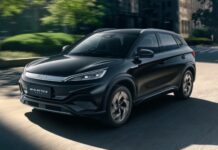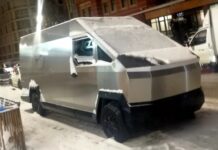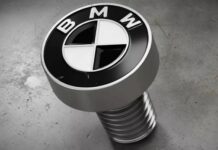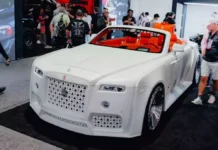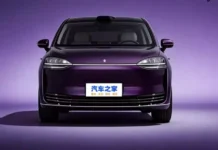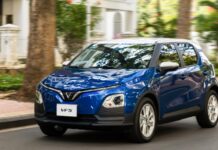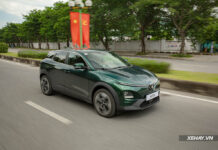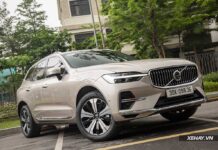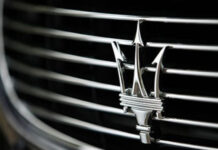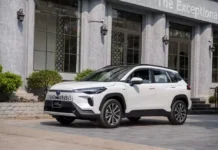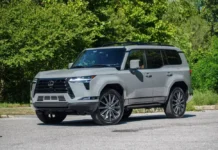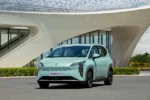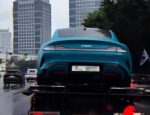A recent lawsuit filed in Texas alleges that Tesla acted negligently in the design and manufacture of their Cybertruck, resulting in a fatal accident.
According to Chron, the victim, 47-year-old Michael Sheehan of Baytown, Texas, was driving his Cybertruck when it suddenly veered off the road and plunged into a drainage ditch before erupting into flames. Autopsy reports indicate that Mr. Sheehan perished in the vehicle as temperatures soared to approximately 2,760°C.
Sheehan’s family has filed a lawsuit seeking over $1 million in damages. They accuse Tesla of designing the Cybertruck with several critical safety flaws, notably the inability for passengers to open the doors in the event of a power failure. The family also contends that Tesla failed to provide adequate emergency escape instructions, particularly in situations where the electronic system malfunctions.
Notably, Mr. Sheehan had only purchased the vehicle on April 25, 2024, just over three months before the tragic accident.
The lawsuit highlights that Tesla prioritized “aesthetic design over practicality and safety in emergency situations.” This is not the first time that the design of the Cybertruck — an electric pickup with a futuristic look and stainless steel body — has raised questions about its real-world usability.
The incident has sparked further debates among the online community and experts about the safety of the Cybertruck, especially in scenarios requiring rapid escape from the vehicle. Amidst controversies over post-collision repairability, Tesla also faces other lawsuits pertaining to its actual range per charge and over-the-air software updates (OTA).
Sheehan’s accident underscores the potential dangers associated with electric vehicles, particularly in instances of power loss or central control system malfunctions. Traditional cars typically allow for mechanical door opening, whereas modern electric vehicles like the Cybertruck rely on electronic systems for door operation.
In reality, some electric vehicle owners have proactively installed mechanical pull cables or emergency switches to prevent entrapment in the event of an accident. Nonetheless, authorities and researchers maintain that modern electric vehicles meet the same safety standards as their internal combustion engine counterparts. The United States Environmental Protection Agency (EPA) asserts that all electric vehicles sold in the US are equipped with an automatic power shut-off mechanism in the event of electrical faults or severe collisions, thus minimizing the risk of fires and explosions.
With the increasing prevalence of electric vehicles, scientists are intensifying their efforts to enhance safety. A research team at the University of Texas has developed a device that detects electrical hazards within vehicles and improves the positioning system to prevent navigational errors that could lead to accidents.
Additionally, many battery technology companies are striving to create new-generation batteries with a lower risk of combustion, while also incorporating fire-resistant materials and enhanced protective casings.
The tragedy involving Mr. Sheehan has undoubtedly shaken consumer confidence in electric vehicles and the Tesla brand. While electric cars are envisioned as a sustainable transportation solution for the future, concerns about safety, repairs, and legal liabilities may deter some potential buyers.
However, experts suggest that lawsuits like this one could exert positive pressure on automakers to elevate technical standards, enhance transparency, and improve user experiences, especially in high-risk scenarios.
K5 and Carnival: Can These Models Save Kia’s Slumping Sales Amid the Electric Vehicle Revolution?
Kia is finding an unlikely savior in gas-powered cars, which are keeping the company afloat amid its electric vehicle woes. The South Korean automaker has long struggled to gain traction in the EV market, and these fuel-driven vehicles are proving to be a lifeline, ensuring the company maintains its impressive net profit margins.


